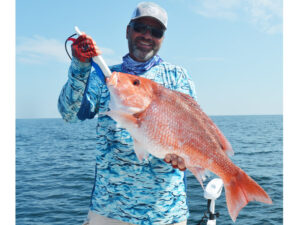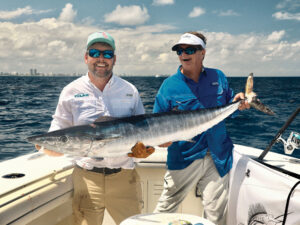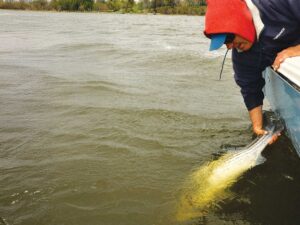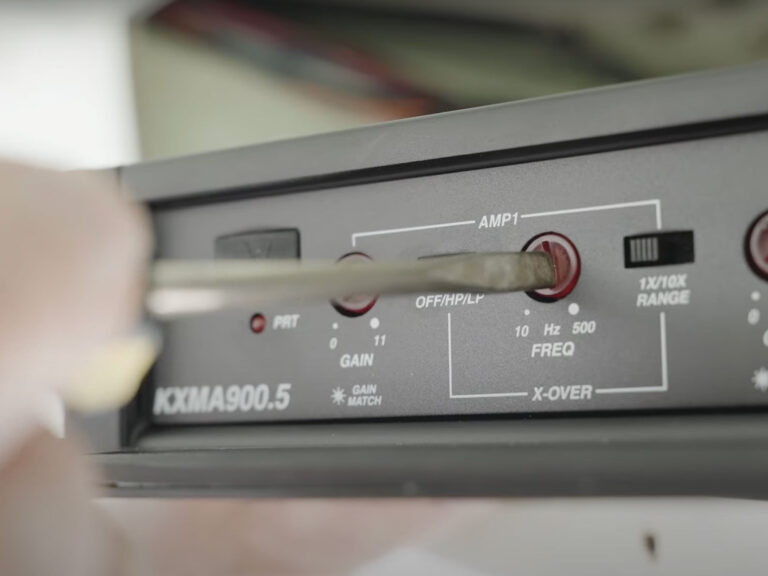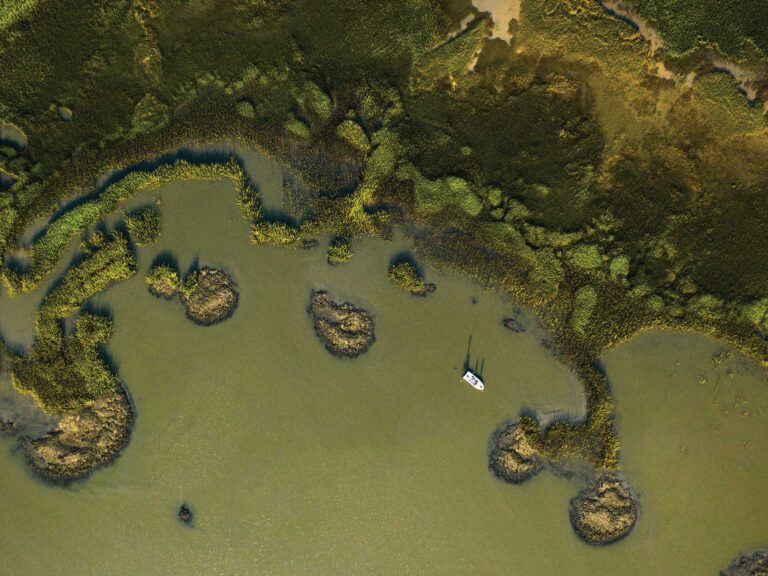Hooks are the most important element of terminal tackle. Fish with dull or misshaped hooks and you flirt with disaster. Finely honed points penetrate deeper and hold longer. It’s not difficult to put the right point on a hook, if you take the time to do it properly. Here’s how:
1. Hold a honing stone or diamond file in one hand and the hook in the other. Start by flattening one side of the point by using long, smooth strokes starting at the barb and extending on to the point.
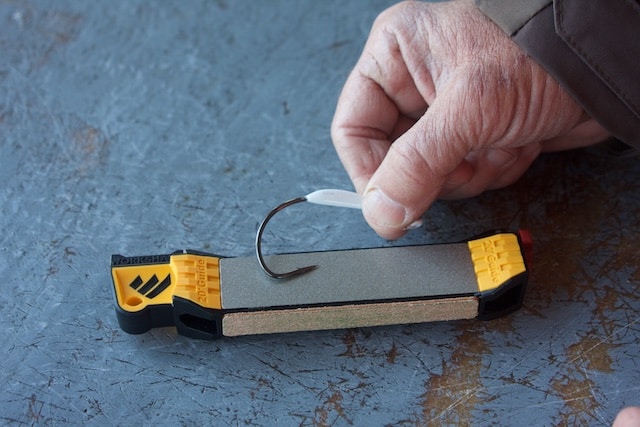
2. Hone each side of the top of the point to a flat plane, meeting in an edge at the top.
3. File enough metal to create a flattened surface that is slanted towards the point. Turn the hook over and file the other side of the point the same way, so the honed sides meet in a sharp edge at the top.
4. Rotate the hook perpendicular to the file and hone the bottom edge flat, creating a cutting edge on each side, where the bottom meets the plane of the honed topsides. The point should have a triangular shape when it is finished.
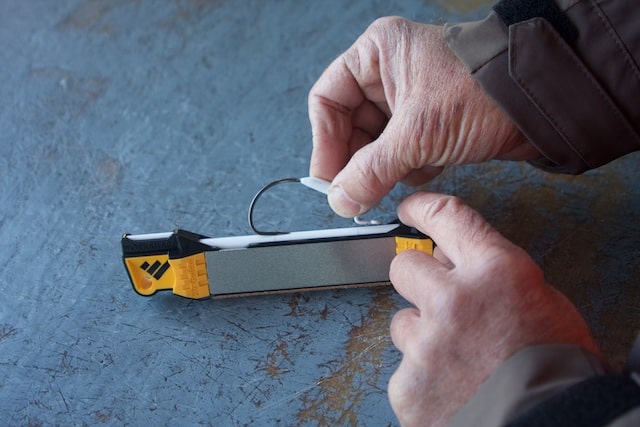
5. Don’t file the point too thin or it may break on a hard hook-set. It also helps to add a spot of light machine oil to the file for lubrication so it cuts easier against harder metal like stainless steel.
6. Thin wire hooks penetrate easier than heavier ones, although go too light and you run the risk of straightening. Go too heavy and the hook could limit the natural movement of the bait. A happy medium is usually the best option.
7. Circle hooks are more difficult to sharpen due to the inverted point. A grooved hook file will help.

